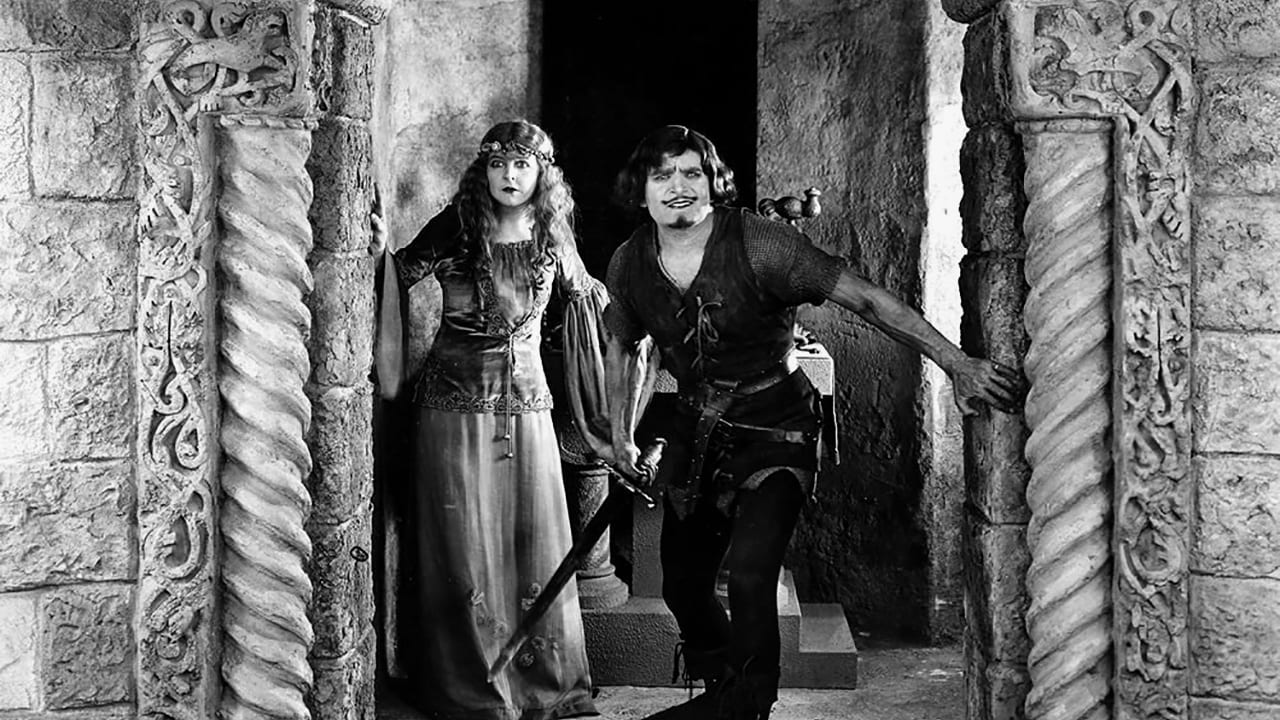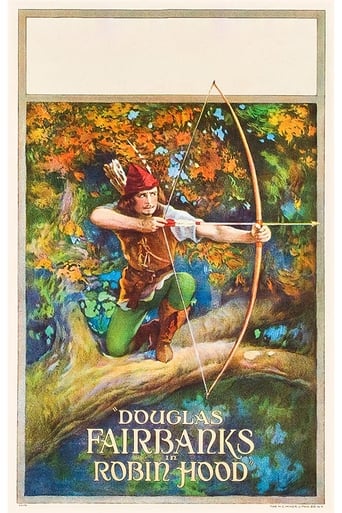

SERIOUSLY. This is what the crap Hollywood still puts out?
... View MoreAwesome Movie
... View MoreOne of those movie experiences that is so good it makes you realize you've been grading everything else on a curve.
... View MoreBy the time the dramatic fireworks start popping off, each one feels earned.
... View MoreMade at a staggering cost - every penny of which is up there on the screen in the superb, full-length Alpha DVD which runs 120 minutes (equivalent to around 140 minutes at theatrical speed) - "Robin Hood" is a movie that simply cannot be surpassed for acting, characterization, plot and spectacle.At first glance, producer Douglas Fairbanks may seem to be an odd choice for Robin Hood, but this of course is a silent movie and Fairbanks is not hampered by his American voice and his somewhat strange and rather stagey delivery. In fact, he seems to fit the role perfectly.Wallace Beery is also ideally cast as the murderous Prince John, while Alan Hale enacts the first of his three performances as Little John. Hale repeated the role in both the 1938 "Adventures of Robin Hood" and the 1950 "Rogues of Sherwood Forest".This action-full movie actually cost $1,500,000 to make - and it's all up there on the screen! Nonetheless, this was a really staggering sum way back in 1922 - but fortunately, the movie was super-popular (and so it deserved to be). Rentals returned more than $2,500,000 in the USA alone.This movie is available world-wide on an excellent Alpha DVD.
... View MoreThis early silent epic was actually the sixth version of the classic English fable to reach the screen, and it remains, even today, by far the biggest. Every shot is framed to highlight the extraordinary production design, which included a full-scale medieval castle built just off Santa Monica Blvd in Los Angeles, reportedly the largest set ever constructed for a motion picture. The film draws heavily on the romantic heritage of chivalry, and favors the origins of the character over his legendary exploits, following the Earl of Huntingdon (not Locksley, as in later films) into the Crusades, where he and King Richard are marked for death by the treacherous Sir Guy of Gisbourne. It isn't until the fourth (or fifth) reel that Douglas Fairbanks (in one of his definitive roles) finally exchanges his suit of armor for Robin's trademark feathered cap, and goes (literally) skipping through Sherwood Forest. Viewers more accustomed to the Errol Flynn archetype may find it an odd interpretation of the role, depicting Robin Hood as a girl-shy, over-age adolescent, liberated when he turns outlaw. And Fairbanks, always more acrobat than actor, all but dances through the part.
... View MoreFantastic production design which set the standard, and still probably does for Medieval epics. The Castle Fairbanks had constructed stone by stone, the costumes and the literal "cast of thousands" in the opening hour are second to none. Great attention to detail. The story itself however is half and half. Fairbanks was a great choice to play Robin Hood, it's just too bad we don't get to see him swing into action as the bandit of Sherwood until after a long, drawn-out first half concerning King Richard and Huntingdon (Robin) heading off for the Crusades. There is just too much time spent setting up how/why Huntingdon becomes Robin Hood to make it enjoyable as a purely Robin Hood movie. Errol Flynn's version improved on it by a mile in 1938, leaving out the fat and concerning itself only with Robin's adventures in Sherwood, and adding more heart and humor if not replicating the grand scale of pageantry depicted in this version.Providing a link between both films, of course, is Alan Hale Sr. playing Little John. Again, his most preferable portrayal is in the '38 version. As far as other cast members, Wallace Beery is memorable as King Richard and Sam de Grasse is a perfectly snide Prince John. The other cast members are adequate enough.The DVD edition of this film provides a very nice print and is well worth viewing if you enjoy old silents, or are a fan of the Robin Hood legend as I am. Many purists have complained about the musical soundtrack but not being an aesthete of Silent films myself I found it to be not too bad.Not the classic version of Robin Hood on film but still, there are many things to like about it.
... View MoreFairbanks doing what he does well, playing the Hero, to the delight of everyone. The story is well told with the images and the film is fun when seen with live accompaniment.The rendition of Robin Hoods 'Merry Men' could obviously be the inspiration for Mel Brooks 'Men in tights'.
... View More